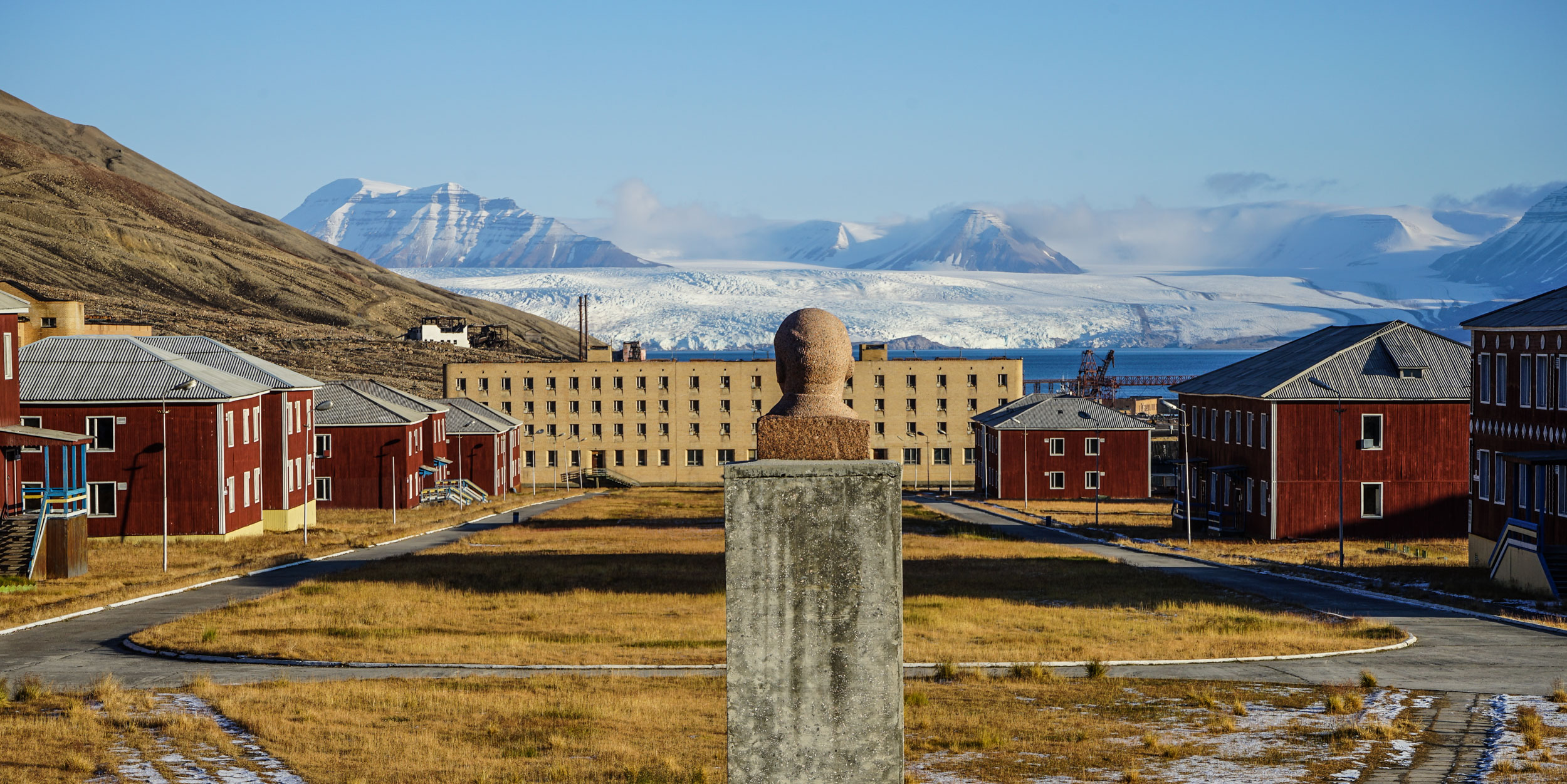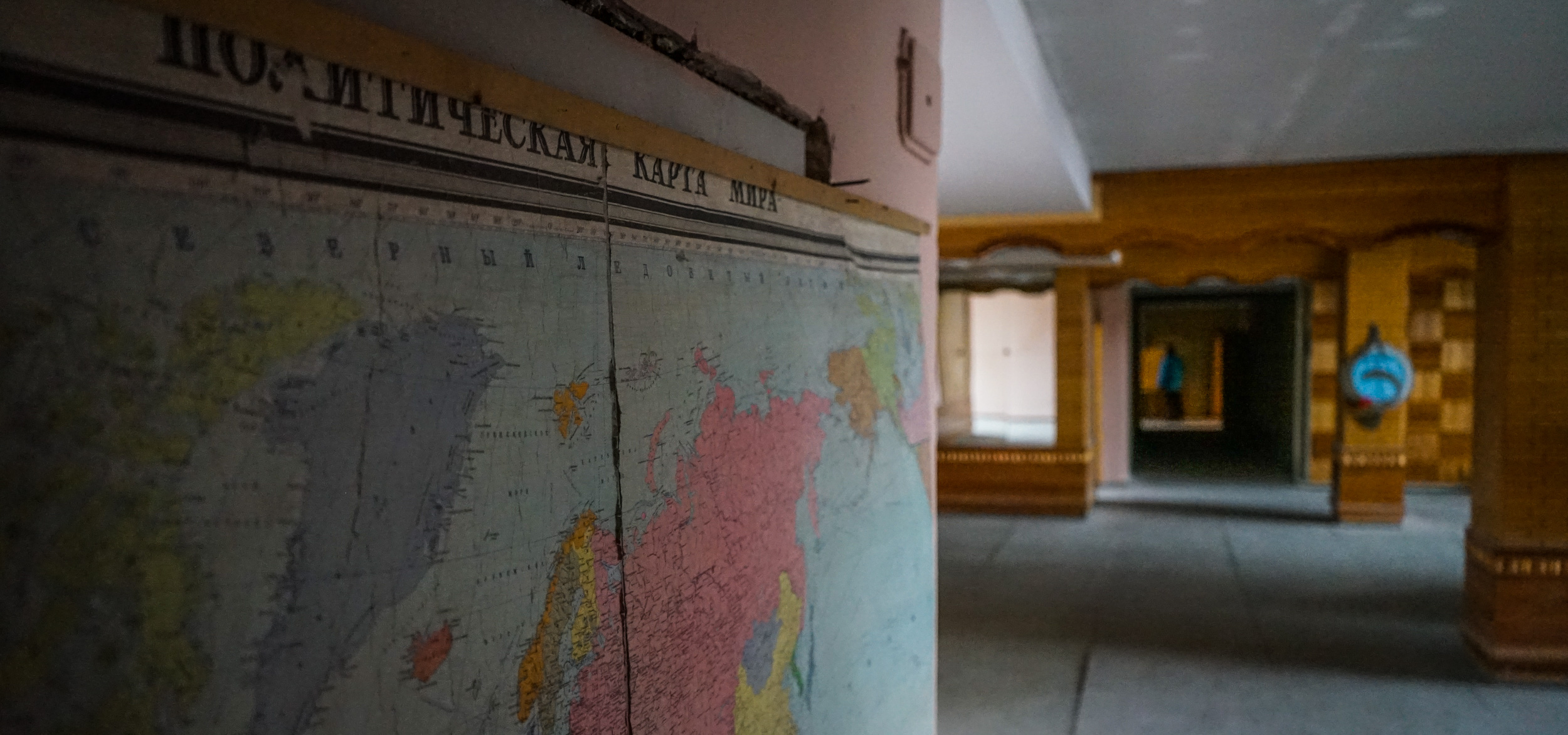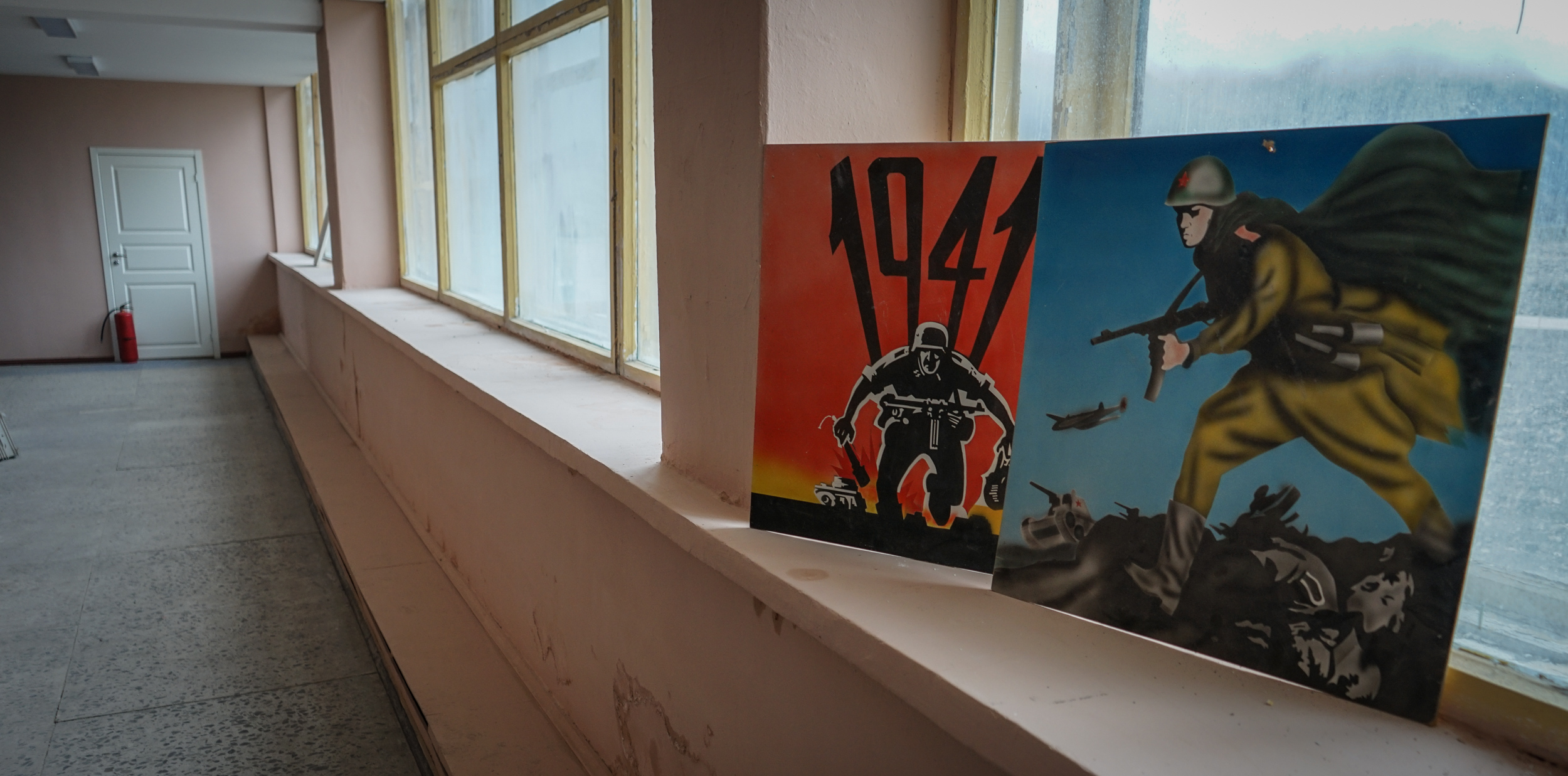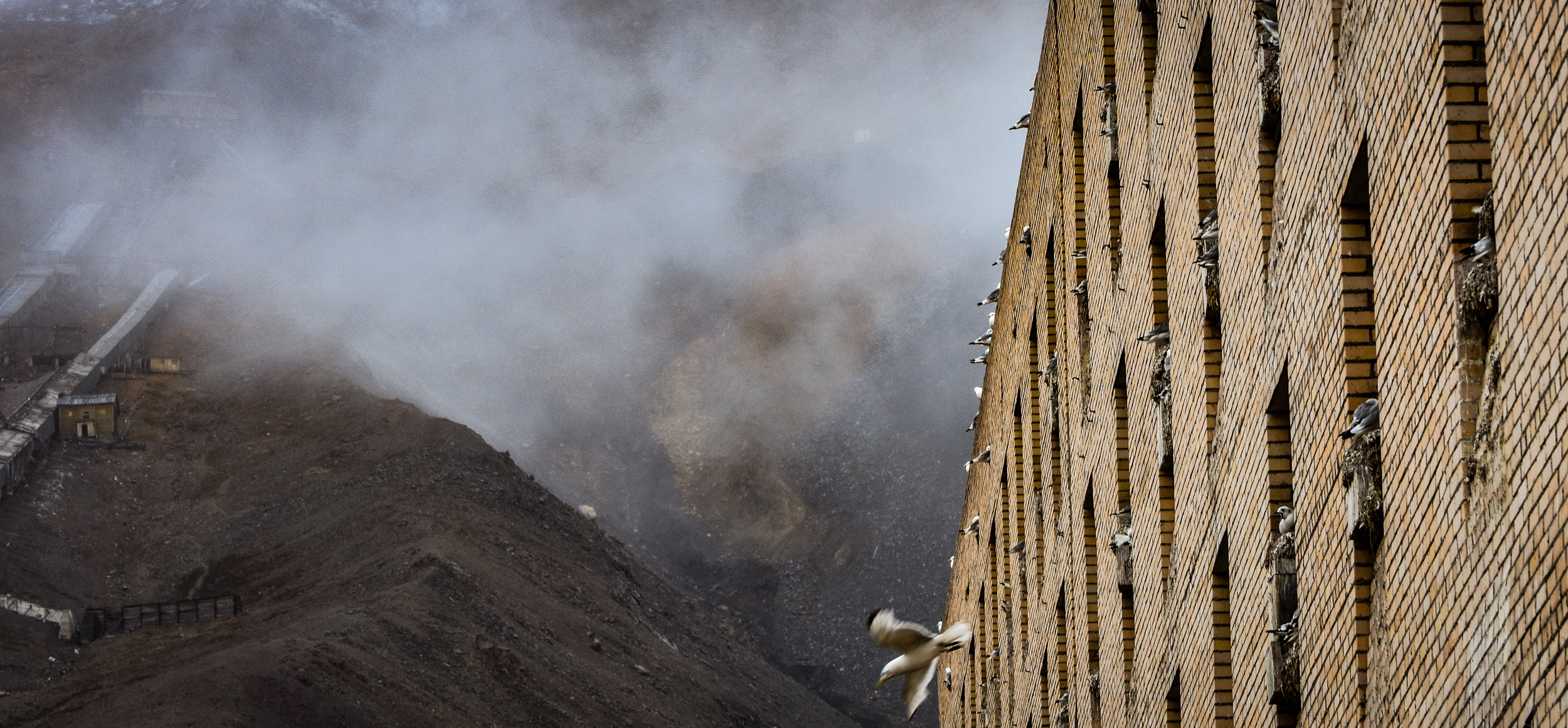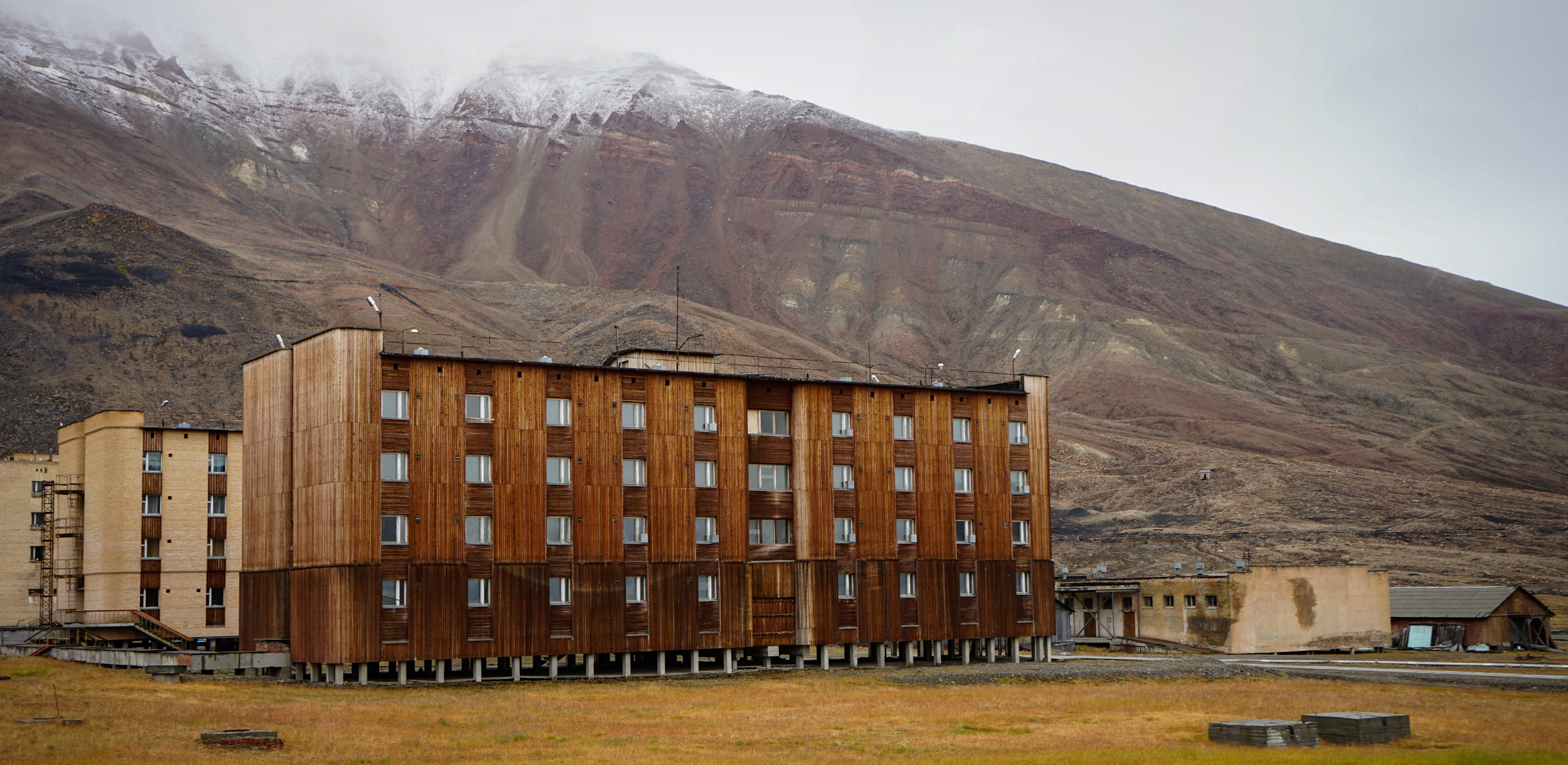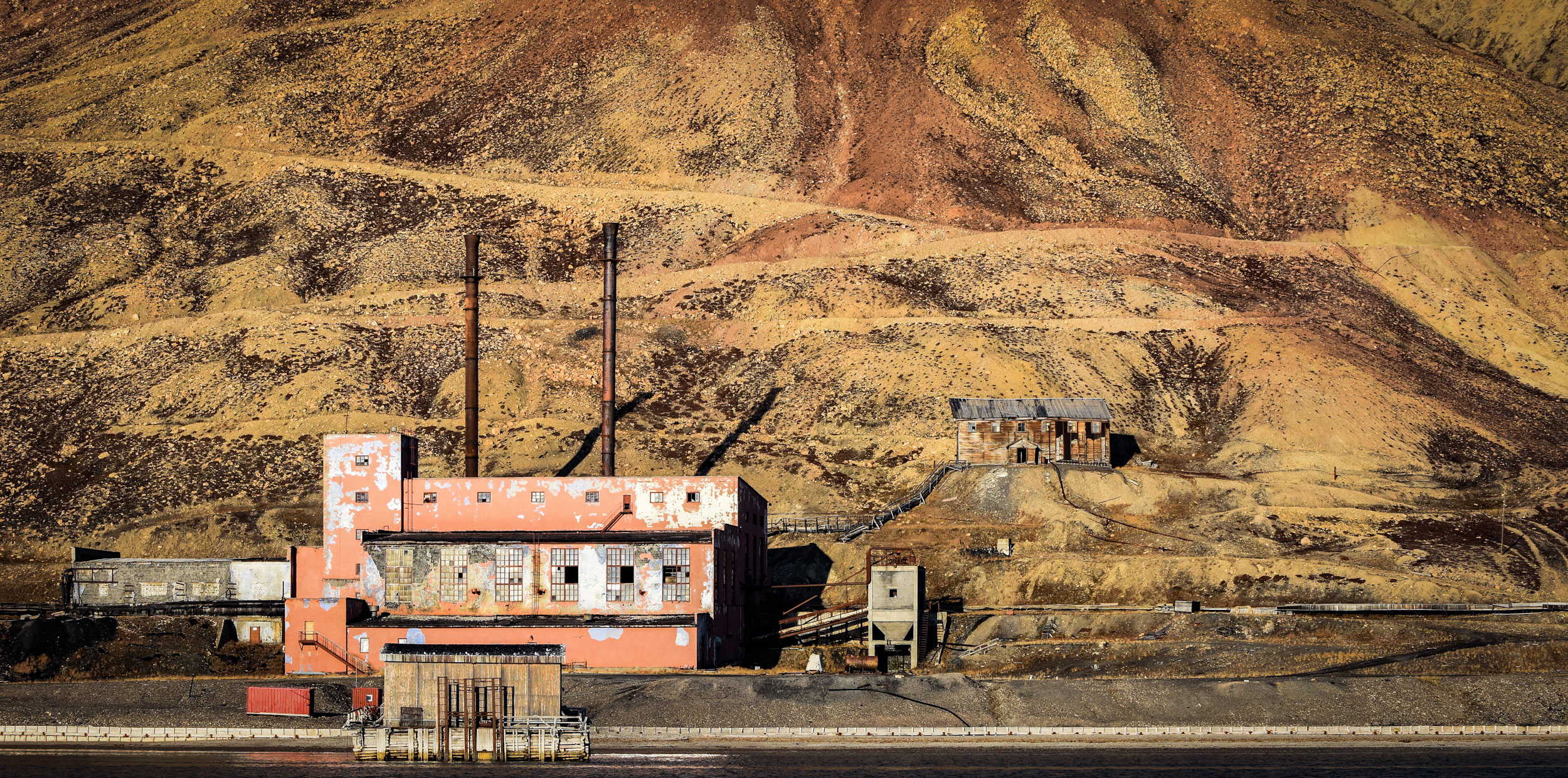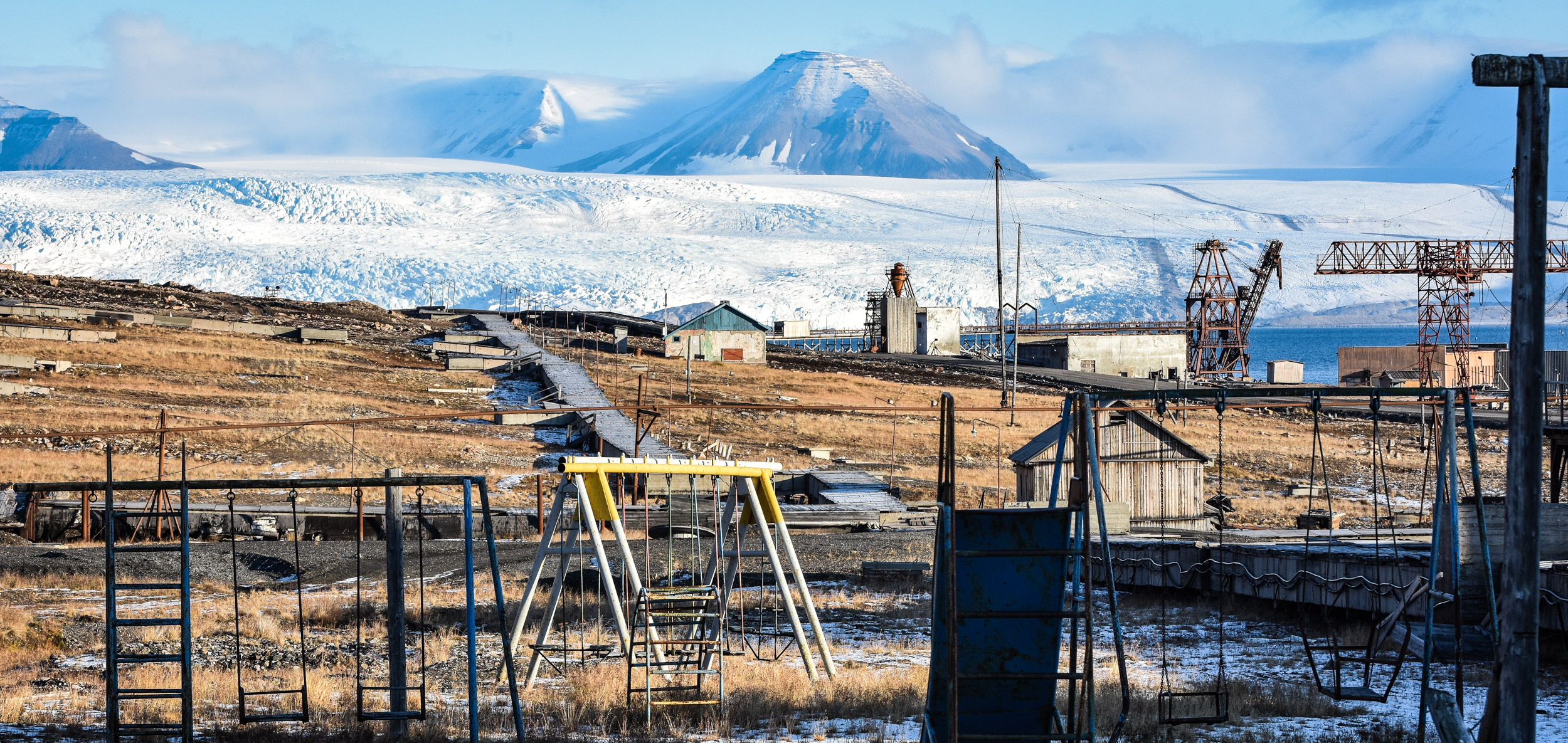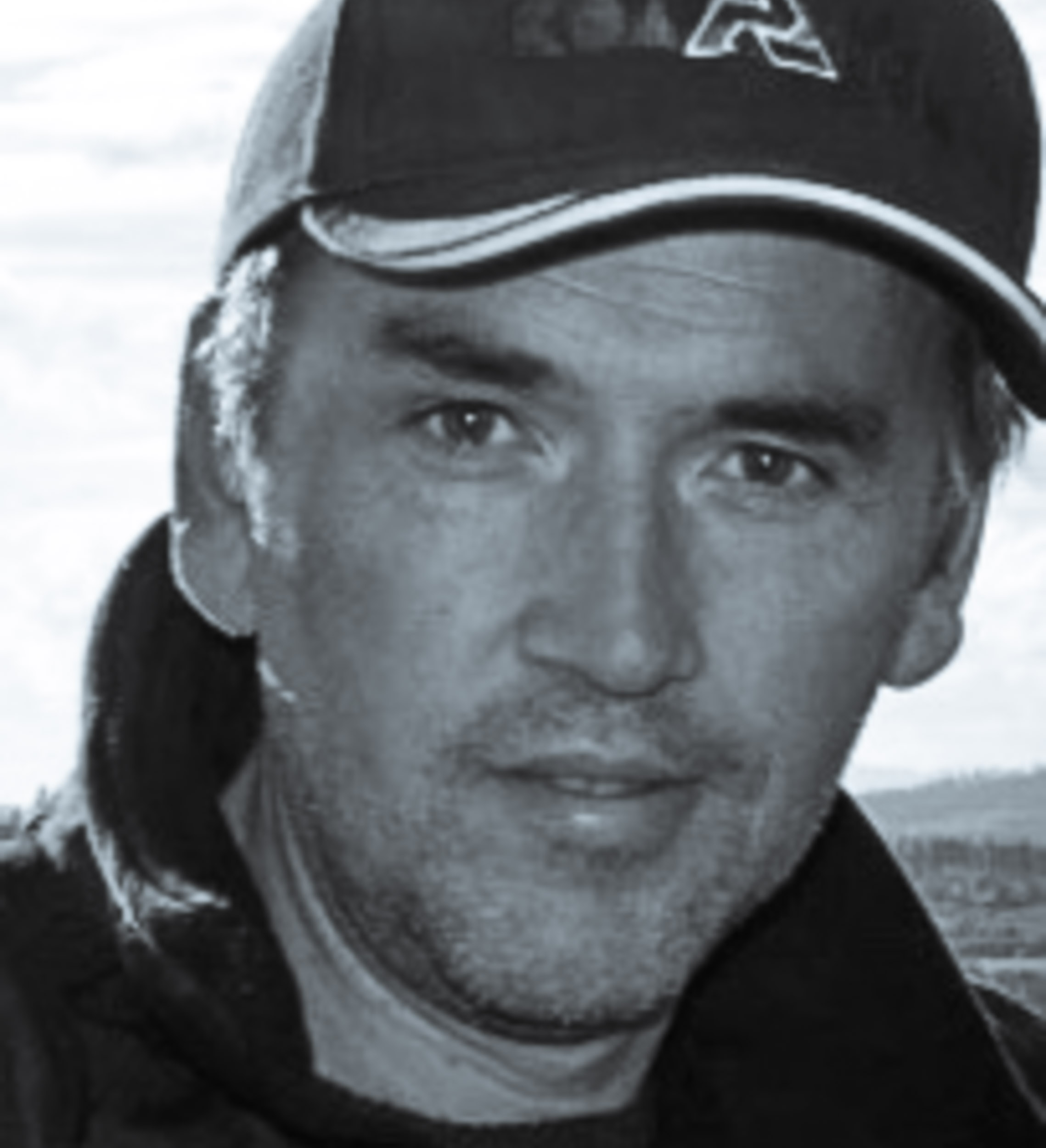Pyramiden - A Soviet Ghost Town In Arctic Norway
ARCTIC TRAVEL / SVALBARD
Writer: Thomas Nilsen
Photographs: Thomas Nilsen
October 2018
This was once upon a time the world's northernmost kindergarten and primary school. Abandoned twenty years ago, Pyramiden coal-mining town on the northern edge of the world is a preserved display of what the Soviet Union wanted to offer in the Arctic if communism worked. It didn’t. And no, there are no hidden loudspeakers playing the Beatles. Its inside your own head that the lyrics of Back in the U.S.S.R. play loudly.
Welcome to Pyramiden, or the Pyramid if translated to English. Even more correct would be Пирамида. The inspiration to the name of the town is easily understood when looking up. High above the coal mines, the towering top of the mountain looks truly like a pyramid. Thomas Nilsen, editor of the Independent Barents Observer shows us this Soviet ghost town on Norway’s Svalbard archipelago that once was home to some 1100 Russian and Ukrainian coal miners and their families. A place in the Arctic where time has stood still - and plans are to keep it that way for travellers
Although not stated publicly, Kremlin’s main idea with the settlement was not primarily to get coal. What could be taken out from beneath the permafrost inside the steep mountain was anyway just a tiny thousandth of the coal extracted in the Kuzbass region in southwestern Siberia.
Digging for coal gave the Soviet Union a foothold on Svalbard. The 1920 Svalbard Treaty recognizes the sovereignty of Norway over the archipelago, but all signatories were given equal rights to engage in commercial activities on the islands. In the 1920s, onshore, that meant coal mining. The Soviet Union bought Pyramiden in 1927 from the Swedes, just like its state company Arktikugol (Arctic coal) bought Barentsburg coalmine further southwest in Isfjorden from the Dutch in 1934.
The same year, a Norwegian state-owned company bought Svea coalmine from the Swedes. With that, only Norwegian and Soviet communities remained on the archipelago.
Walking Pyramiden today gives you a glimpes into the Soviet-style nostalgia, outdoor as well as indoor. Best of all, its not an artificial scenery aimed for some kind of movie-production. This is real. The smell of papirosa, likely the strongest cigarette ever made, stains on the indoor walls. Hammer and Sickle ornaments and the Soviet star are used as decoration around the town. In a remote room inside the Palace of Culture are a few empty bottles of the cheap domestic Rossiya- and Priviet vodka.
A book with the transcripts from the 27th Congress of the Communist Party of the Soviet Union lays on a desk. That was the first congress presided over by Mikhail Gorbachev as General Secretary of the Central Committee.
“Walking Pyramiden today gives you a glimpes into the Soviet-style nostalgia, outdoor as well as indoor. Best of all, its not an artificial scenery aimed for some kind of movie-production. This is real. The smell of papirosa, likely the strongest cigarette ever made, stains on the indoor walls. Hammer and Sickle ornaments and the Soviet star are used as decoration around the town.”
Moscow’s Arctic dream was mirrored in Pyramiden
Still, Gorbachev never got a chance to visit Pyramiden. But he sure had ambitions to conquer the Arctic with extraction of natural resources, industry and shipping. A year after the 27th Congress, in 1987, the General Secretary gave his famous Murmansk speech where he highlighted huge potentials in the Arctic. Moscow’s Arctic dream was mirrored in Pyramiden.
Many of the monumental buildings here at 79 degrees north were erected in the late 1980s. Like the Palace of Culture and the swimming pool. Both the world’s northernmost. Most things, by-the-way, are the world’s northernmost in Pyramiden; the ballet studio, theatre, cinema, beer pub, hospital and so on.
At the height in the late 1980s, more than 1,000 people lived in Pyramiden. Many came from coal mining areas in Eastern Ukraine and Southwestern Siberia. Despite privileges like cultural palace and sport facilities, life up here, halfway between mainland Norway and the North Pole could be hard mid-winter when there was no daylight at all and freezing cold wind.
Outside and inside the world's northernmost Palace of Culture and the world’s northernmost sportshall.
All pictures, JONAA©Thomas Nilsen
The beauty of the surrounding Arctic landscape in autumn colors makes an impression. The town is located in a valley in between steep mountain backdrops. The panorama to the south is filled with the massive Nordenskiöld glacier and other mountain peaks. In between is Billefjorden, the northeastern appendix fjord to Isfjorden coming in west from the Greenland Sea.
The main (and only) avenue is named after the 60th anniversary of the October revolution. Supposed to be a self-sufficient Soviet society, Pyramiden had its own cowshed with pigs, hens and chickens, even milk-cows. They grew their own cucumbers and tomatoes in greenhouses that got heat from a power plant fueled with coal mined by the workers. The fence around the primary school has paintings of famous fairy tales. Other paintings, in the Palace of Culture, display traditional heroes from the “Great Patriotic War” which to most of us is known as the Second World War.
Demilitarized zone in a strategic location
War-paintings, or not: Svalbard is a demilitarized zone. Though, both Norway and Russia are highly aware of the archipelago’s strategic location. Control over Svalbard in a war scenario could be important for denial of forces to the important patrol areas for the strategic nuclear submarines based on the Kola Peninsula.
A foothold on Svalbard is for Moscow also important in a larger Arctic strategy. A year ago, a Russian Defense Ministry report listed Norway’s Svalbard policy as potential risk of war with NATO. The analysis criticized Norwegian authorities for trying to seek “absolute national jurisdiction over Spitsbergen archipelago and the adjacent 200 nautical miles maritime boundary around.” Spitsbergen is the common name Russia uses for the archipelago, although geographically it is the name of the largest of all islands on Svalbard. The island where Pyramiden, Longyearbyen, Ny-Ålesund, Barentsburg, Grumant and Svea are situated.
When Russia, after the collapse of the Soviet Union and poor economic situation in the 1990s, had to reconsolidate its assets on Svalbard, Pyramiden was the least important to run. Priority was given to coal mining in Barentsburg, strategically located on the ice-free west coast at the entrance to Isfjorden. In 1996, a tragedy struck the two mining communities when a plane from Moscow carrying 141 miners and their families crashed during approach to Longyearbyen airport. Everyone on board was killed. The accident was one of the reasons for Arktikugol, who had chartered the plane, to close Pyramiden.
Last winter, another aviation accident hit Arktikugol when a helicopters crashed en route from Pyramiden to Cap Heer, Russia’s heliport near Barentsburg. The wreck was found on the seafloor of Isfjorden, but none of the eight on board, a crew of five and three scientists, were found.
“When Russia, after the collapse of the Soviet Union and a poor economic situation in the 1990s, had to reconsolidate its assets on Svalbard, Pyramiden was the least important to run. Priority was given to coal mining in Barentsburg, strategically located on the ice-free west coast at the entrance to Isfjorden.”
For Russia to maintain the claim of Pyramiden, some activities must run. There are still layers of coal inside the mountain, but drilling into deeper reserves will not be profitable. Since Svalbard is part of Norway, it is Norwegian safety- and environmental standards that apply by law. There are some 20 to 40 people (depending on who you ask) living in town during late winter, spring and summer season, mainly those engaged in running the tourism business and maintenance of the buildings and infrastructure. Only a few stay during polar night from November to February.
Trust Arktikugol, a Russian state owned company that practically runs all Russian activities on Svalbard, established a tourism branch in 2015 named GoArctica. With about 450 inhabitants, Barentsburg will still be Russia’s stronghold on Svalbard and the centre for tourism development. Ivan Velichenko, a Ukrainian working for GoArctica, was quoted recently in the Independent Barents Observer saying that the strategy now is to boost tourism while coal mining will be less important.
«We will make Barentsburg a centre for the Russian Arctic,» Velichenko says. «Soviet-style nostalgia will still be kept in Pyramiden.» Both GoArctica and Norwegian tour operators organize guided tours to Pyramiden. With boat in the summer season and by snow-mobiles in late winter and spring seasons. GoArctica runs a small hotel, a bar, and a restaurant. Tons of industrial waste and the old storage piles for coal near the harbour have been removed - but the smell of papirosa lingers on.
Thomas Nilsen is the co-founder and editor of The Barents Observer (also referred to as The Independent Barents Observer). A journalist owned online newspaper covering the Barents Region and the Arctic. Based in Kirkenes, North Norway, The Barents Observer focuses on cross-border journalism, dialogue and mutual understanding and publishes daily news reports from and about Scandinavia, Russia and the Circumpolar Arctic. This article is published in collaboration between JONAA and The Barents Observer.


